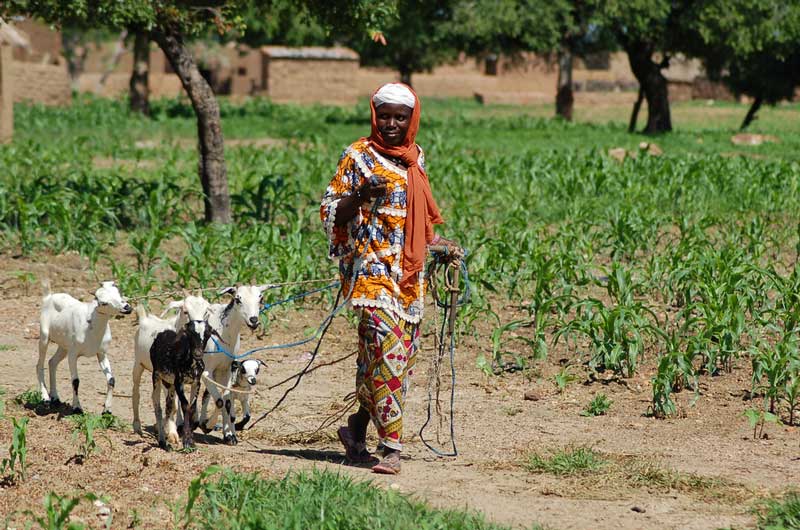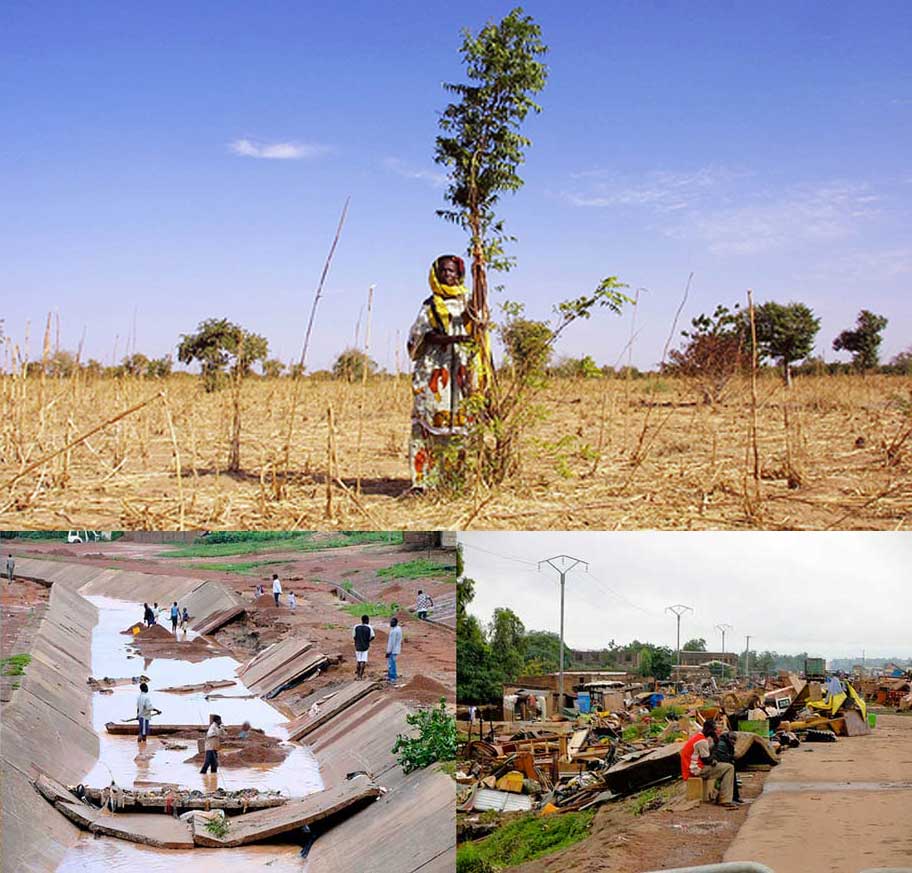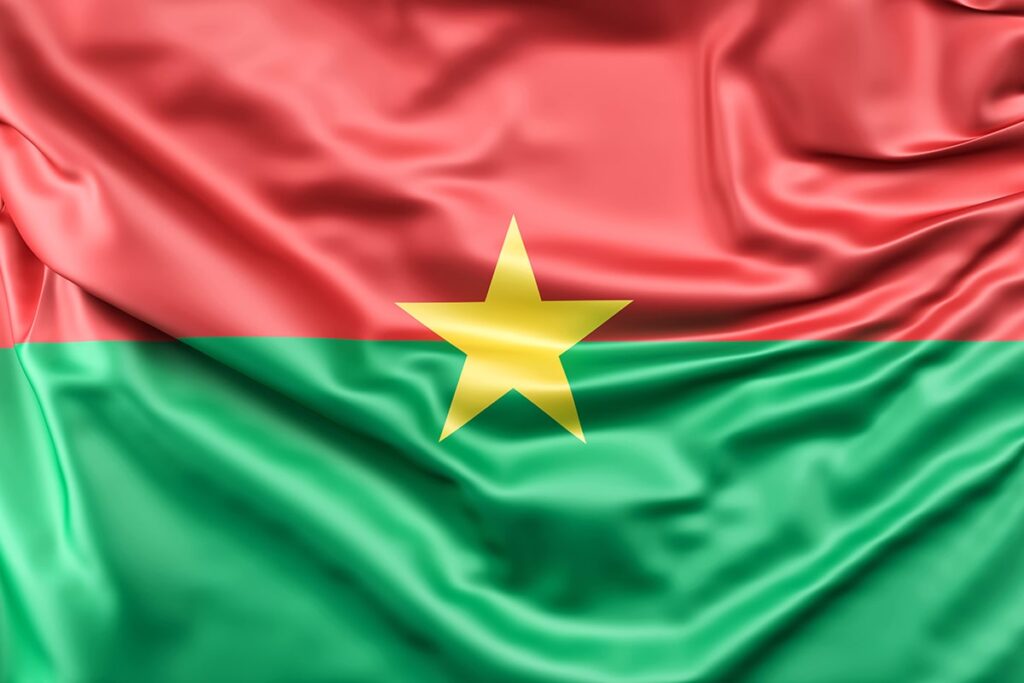1. Place names: Burkina Faso is home to some quirky place names – including: Ouagadougou, Gorom-Gorom, Bobo-Dioulasso, Bouroum-Bouroum, Fada N’Gourma, Tin-Akof, Ouahigouya, Niangoloko and Rambo
2. Meanings of names: The capital of Burkina Faso is Ouagadougou, which is spelled ‘Wogodogo’ in Mòoré (the country’s most spoken language) and literally means “you are welcome here with us”. The name ‘Burkina Faso’ means “Land of Honorable Men” and the Burkinabe are also known to be some of the most honest men in Africa
3. Historical names: Burkina Faso was formerly called French Upper Volta (1919 – 1958) and later the Republic of Upper Volta (1958 – 1984) due to its location north of the Volta River, which flows into Ghana (south of Burkina Faso). In 1984, the country changed its name to Burkina Faso under Marxist revolutionary president Thomas Sankara
4. Drought: Burkina Faso is relatively often hit by long periods of drought. The worst were in 1980, 1988, 1990 and 1995. In addition, the country is also occasionally hit by epidemics and floods
5. Fertility: With an average of 6 children per woman, the population of Burkina Faso has one of the highest fertility rates in the world

Fact: 80% of the population in Burkina Faso relies on subsistence agriculture (i.e. self-sufficient farming). Cotton is the most important agricultural export
6. Languages: Due to the fact that Burkina Faso is a former French colony, the country’s official language today is French. In addition, the following languages are spoken: Mòoré, Fulani, Lobi, Bobo, Mandé, Senufo, Gurunsi, Gurma and Tuareg. Most of these languages belong to the Sudanese language family
7. Population: The largest ethnic group in Burkina Faso is the Mossi, who make up more than 40% of the country’s population (approximately 6.2 million people). The rest of Burkina Faso’s population is made up of more than 60 different ethnic groups – notably the Gurunsi, Senufo, Lobi, Bobo and Fulani
8. Poverty: Burkina Faso is one of the poorest countries in the world, with a GDP per capita of USD 1,500. UN Human Development Index Burkina Faso is one of the last countries
9. Export goods: The two main export commodities in Burkina Faso are gold and cotton (Burkina Faso is Africa’s largest producer of cotton). Around 80% of the population rely on subsistence farming – i.e. self-sufficient farming where the farmer only produces enough food for his own family and possibly a few others in the local area
10. Low urbanization: Burkina Faso has one of the least urbanized societies in Africa, with the vast majority of the population still living in rural areas. The 5 largest cities and their populations are: Ouagadougou (1,181,702), Bobo Dioulasso (435,543), Koudougou (82,720), Banfora (72,144), Ouahigouya (70,957)

Fact: Droughts and floods have hit Burkina Faso relatively often over the past 20 years





